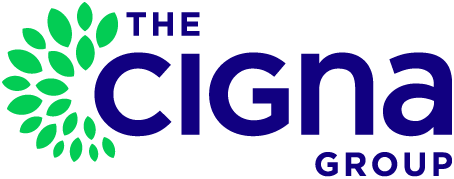
Maintaining strong bones at every age through good nutrition and regular exercise is a fundamental part of your patients’ overall preventive health, but is especially important for women as they age. As women enter middle age and menopause, the risk of bone loss, brittle bones, and fractures increase, which can affect mobility and quality of life.
Why bone density testing matters
Osteoporosis affects mostly older adults and can impact their quality of life. Fractures caused by osteoporosis are associated with chronic pain and disability, loss of independence, and increased mortality. We provide incentives to our customers for keeping an eye on their bone health. They can receive a $25 incentive for completing a bone density screening (one per year with an approved claim).
The Healthcare Effectiveness and Date Information Set measure
Osteoporosis Management for Women Who Had a Fracture is a measure in the Healthcare Effectiveness and Data Information Set (HEDIS®).* It also contributes to the Centers for Medicare & Medicaid Services (CMS) Five-Star Quality Rating System. Timely intervention and follow up are key to quality care and healthier outcomes.
The HEDIS measure applies to female patients aged 67–85 who had a fracture between July 1 of the prior year and June 30 of the current year. Patients should have a bone mineral density (BMD) test or dispensed a prescription to treat osteoporosis within 180 days, or six months, after they have suffered a bone fracture.
Post-fracture follow up and care are areas of opportunity to close health gaps, but some barriers include lack of patient information about osteoporosis, patient perceptions and beliefs about treatment after a fracture, lack of patient awareness or recall regarding their diagnosis, and inadequate care coordination.
Osteoporosis Management in Women (OMW)
The recommended actions to address the HEDIS measure include the following:
- Following up after a fracture to ensure additional care
- Confirming the fracture diagnosis
- Reducing the time between diagnosis, treatment, and follow up
- Determining the rate of bone loss and/or monitoring the effects of treatment
- Improving prediction and prevention of future fractures.
Barriers to OMW care include:
- Fractures not addressed within six months
- Patients refuse care because they are worried about results or side effects
- Lack of resources— such as access to care, time, or transportation
- Financial, cognitive, or language limitations
- Scheduling conflicts
For additional information, refer to the OMW Measure and Program Flyer for Providers.
Best practices for gap closure
Providers can close health gaps in osteoporosis management and drive better health outcomes for at-risk female patients in several ways:
- Review the Osteoporosis Trigger Report (available from your Provider Performance Enablement representative).
- Ask your patients at each office visit if they have had any falls or fractures.
- Talk about the importance of and schedule bone mineral density checks per U.S. Preventive Services Task Force recommendations, and after fractures.
- Document and code frailty and advanced illness exclusions for HEDIS every year (if applicable).
- Maintain a tickler file—follow up on orders and schedule follow-up visits every three months until the patient’s fracture risk is controlled.
Patient resources
The following resources are available in the Wellness Library on Cigna.com:
*HEDIS is a registered trademark of the National Committee for Quality Assurance (NCQA).
Osteoporosis fast facts
- Approximately 10 million Americans aged 50 and above have osteoporosis.
- Approximately 44 million Americans have low bone density, placing them at increased risk for osteoporosis
- Nearly 84 percent of older Americans who suffer bone breaks are not tested or treated for osteoporosis.
- One in two women over age 50 will break a bone due to osteoporosis.
Source: Bone Health & Osteoporosis Foundation


